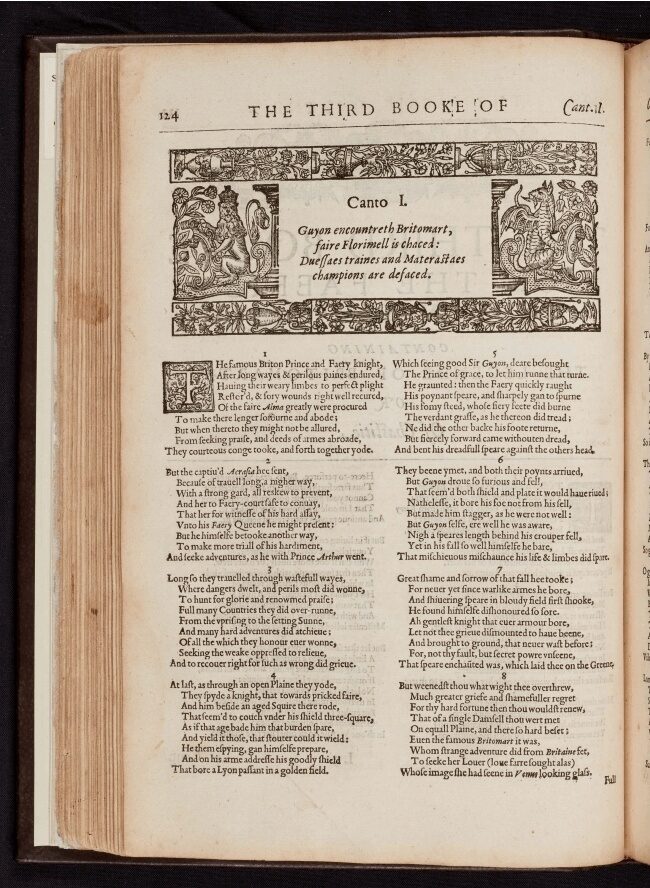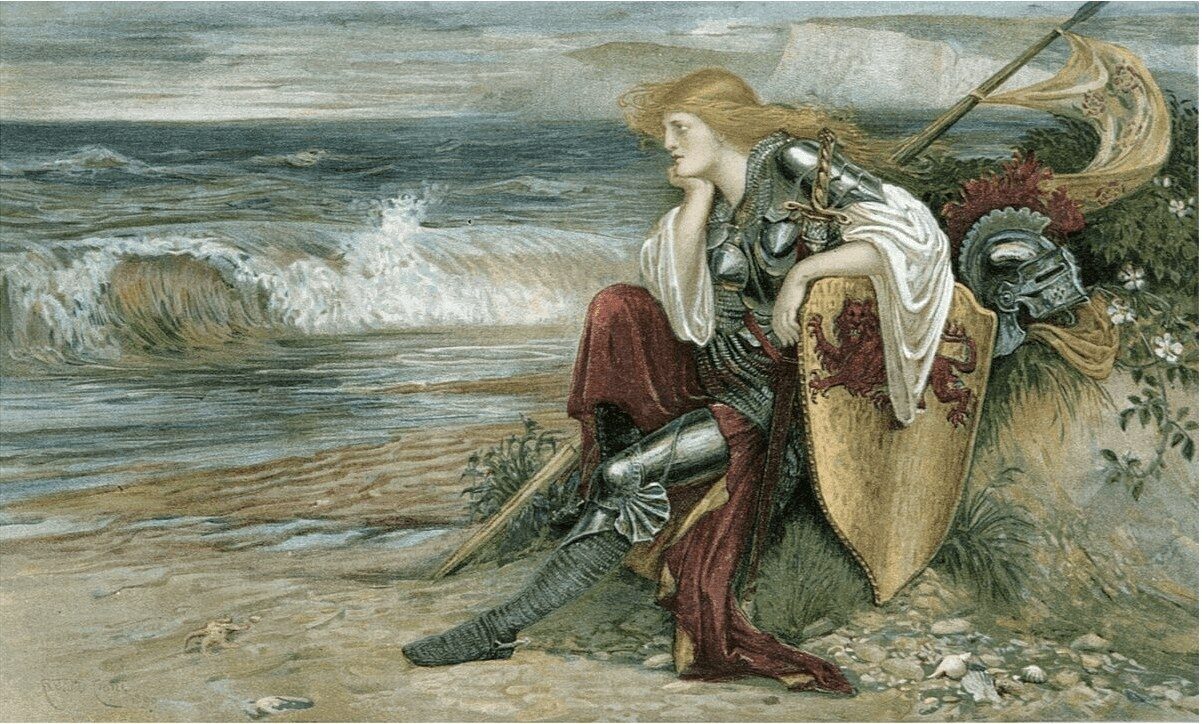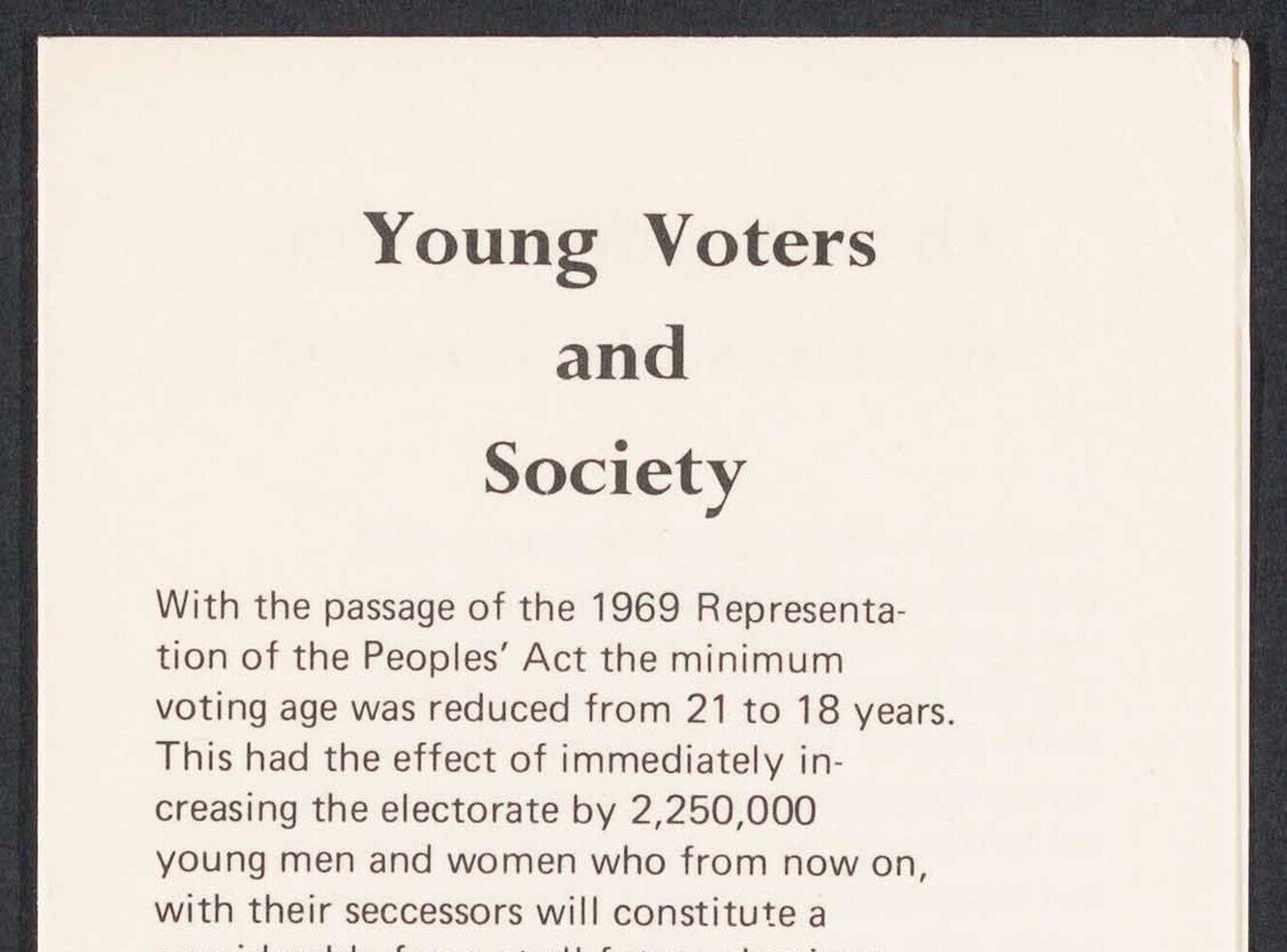Spenser's Brienne of Tarth
The release date for Winds of Winter is still unknown, and Game of Thrones finally went down in (literal) flames last summer, but if you’re missing your annual dose of fierce queens, morose knights and fiery dragons, look no further than Edmund Spenser’s The Faerie Queene.
Early Modern England: Society, Culture & Everyday Life, 1500-1700 features the 1611 edition of the epic allegorical poem, digitised from the archives of the Shakespeare Birthplace Trust. I’ve always harboured a soft spot for Spenser’s Britomart, a female knight and the protagonist of the poem’s third book.
Already putting you in mind of George R. R. Martin’s Brienne of Tarth? Well, let’s just say I have my suspicions regarding his inspiration.

The faerie queen: The shepheard's calendar: together with the other works of England's arch-poet, Edm. Spenser: collected into one volume, and carefully corrected, 1611 © Shakespeare Birthplace Trust. Further reproduction prohibited without permission.
As a child, the knight was definitely my preferred choice of profession (blame T. H. White, a lot of Arthurian legends and the BBC’s Merlin), so encountering Britomart was an unexpected delight. Sadly, she doesn’t strike many blows for feminism – that might be too much to expect of the 1590s, even if the poem was written as a homage to Elizabeth I.
Nevertheless, Britomart causes plenty of disturbance: as a woman rocking up in full armour to rescue maidens and men alike, her favourite party trick involves whipping off her helmet to amaze and disquiet onlookers with her true identity.
Such when those Knights and Ladies all aboutBeheld her, all were with amazement smit, and every one gan growe in secret dout of this and that, according to each wit.
A highlight is her duel with another fierce warrior woman, the Amazonian Radigund. Britomart fights to rescue her future husband Artegall, who is singularly failing at being a strong independent knight and keeps getting captured and imprisoned in towers. Having defeated Radigund, Britomart is crowned queen of her Amazonian subjects long enough to repeal all their freedoms (I did mention it isn’t a feminist text, right?).
Lack of female solidarity aside, just showing up in armour is enough for Britomart to upset the apple cart, and Spenser really hammers it home. Radigund’s own party trick is to dress her male captives in female garments, so when the fully armoured Britomart ascends the tower to rescue Artegall, she finds the man in a very fetching dress. As gender role reversals go, it isn’t subtle.

Britomart (Walter Crane) 1900. Image via: Wikimedia Commons.
For all her knightly prowess, Britomart mostly just ends up discomforting those around her – rather like her spiritual successor in Game of Thrones, Brienne of Tarth. I saw a lot of parallels between these two - funnily enough, I read The Faerie Queene first and couldn’t shake the sense of déjà vu, even if Jaime Lannister has yet to show up in a frock.
Britomart is (like all Spenser’s heroines) unfairly beautiful, and the point of Brienne of Tarth is that she is most definitely not, but even four centuries later and with these differences, it feels like these two fictional women are fighting the same battle.
Let’s hope George R. R. Martin gives his knight the ending – and the freedom – she deserves.
About the collection
Early Modern England: Society, Culture & Everyday Life, 1500-1700 is out now.
Recent posts

The blog highlights American Committee on Africa, module II's rich documentation of anti-apartheid activism, focusing on the National Peace Accord, global solidarity, and student-led divestment campaigns. It explores the pivotal role of universities, protests, and public education in pressuring institutions to divest from apartheid, shaping global attitudes toward social justice and reform.

This blog examines how primary sources can be used to trace the impact of young voices on society, particularly during pivotal voting reforms in the UK and the US. Explore materials that reveal insights into youth activism, intergenerational gaps, and societal perceptions, highlighting their interdisciplinary value for studying youth culture, activism, and girlhood across history.
